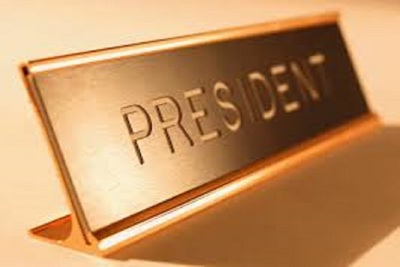United Services Automobile Association Employee PAC - USAA Employee Pac issued the following announcement on Feb. 5.
Key Takeaways
The U.S. continues to fare better than Europe, China and other key economies. But 10 years after the Great Recession ended, indications are growing that the U.S. is approaching the expansionary peak of its current economic cycle.
More flexibility from the Federal Reserve could be valuable in postponing the peak. To us, that’s the important consideration underlying the Fed’s signal that it may shelve plans to raise interest rates and further pare back its bond holdings in 2019.
The Fed’s willingness to be more responsive to expected changes in economic conditions this year was just the news investors wanted to hear – the S&P 500 has climbed more than 10% since the shift in thinking and volatility is down sharply.
The U.S. job market’s winning streak has reached triple digits – a record 100 consecutive months of positive job growth. Numbers for January far surpassed expectations, with 300,000+ new positions created (vs. a forecast of 180,000) even as a large chunk of the federal government’s workforce sat idle for most of the month. Wage growth continued solid.
Many will look at this latest employment data and conclude that the economy is doing just fine. And for the time being, they would be right. Along with above-trend jobs creation, earnings growth for fourth quarter 2018 is coming in stronger than expected and the manufacturing outlook surprised to the upside. While other regions are grinding slower, the U.S. maintains some momentum.
Our view, however, is that the U.S. is nearing the peak of the current economic cycle – that’s the point at which the expansionary half of the cycle tops out, so postponing that peak for as long as possible makes good sense.
This could explain the Federal Reserve’s thinking as it moves toward dialing back its monetary tightening at a time when the U.S. economy looks solid. Not so long ago, up to three interest-rate increases were anticipated in 2019 – now the market is pricing in zero. And the Fed’s program to reduce its bond holdings by $50 billion a month may also end up on the shelf.
Worries about the Fed going too far with its current tightening cycle has been perhaps the central contributor to stock volatility in recent months – aggressiveness on rates instantly tanking share prices, and then more moderate talk igniting a strong rebound. Back and forth went the Fed, and up and down went the stock market.
That alternating hawk-dove pattern lasted until early January, when current Fed chair Jerome Powell appeared at a conference with his post-Great Recession predecessors, Janet Yellen and Ben Bernanke.
In front of an audience of economists in Atlanta, Powell committed to extending the decade-long economic expansion and said Fed monetary policy would be responsive to changing conditions. Stock investors rejoiced at the clarity – as of Friday, the S&P 500 climbed nearly 11% and volatility dropped by more than a third after the news came out.
We agree with the cautious approach. Given tight global economic ties, we think the U.S. will have a hard time completely dodging the forces dampening growth in the European Union, China and elsewhere. U.S. GDP growth this year is expected to be around 2.5%, well down from above 3% in 2018.
Already there are signs that the U.S. is slowing– the housing sector is dragging, trade turmoil has hurt manufacturers reliant on overseas markets, and consumer confidence (which soared for most of 2018) fell in January to its lowest level since late 2016.
Nine quarter-point rate hikes since the Fed’s tightening cycle began in late 2015 – including three in 2017 and four last year – appear to have lifted us close to the “neutral interest rate” at which monetary policy neither helps nor hinders the economy.
The Fed has long viewed maintaining financial stability as one of its missions, along with its official “dual mandate” of maximizing employment and keeping inflation in check. With the economic cycle’s peak not far over the horizon, a rush to raise rates now would pose a serious threat to both GDP growth and markets in 2019.
Original source can be found here.
Source: United Services Automobile Association Employee PAC - USAA Employee Pac












 Alerts Sign-up
Alerts Sign-up